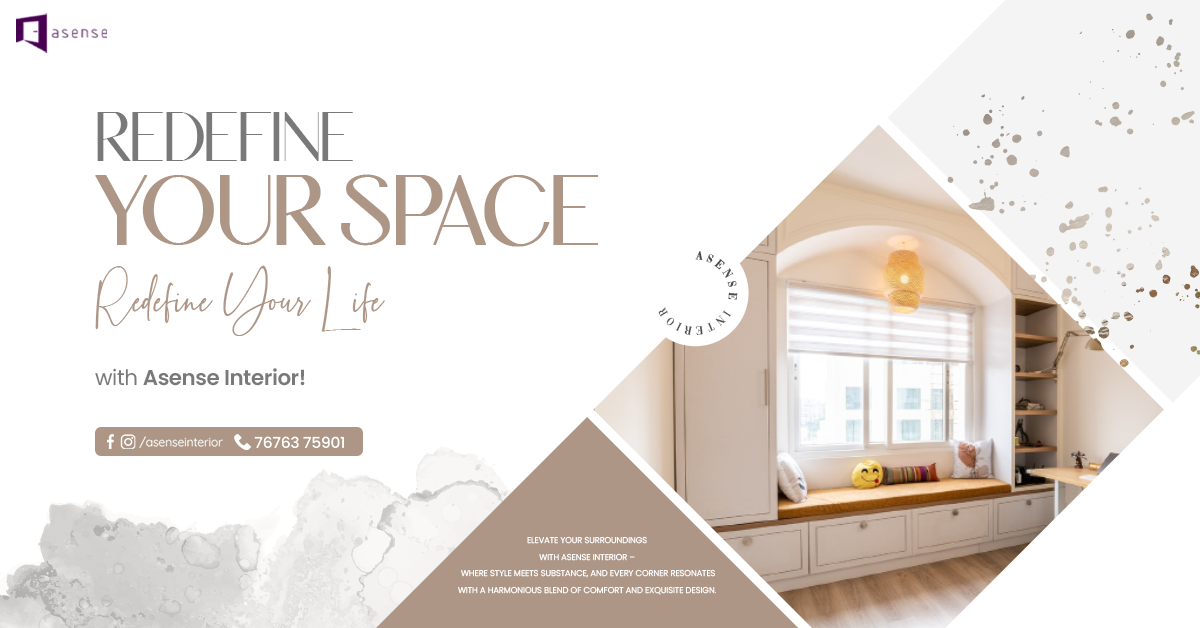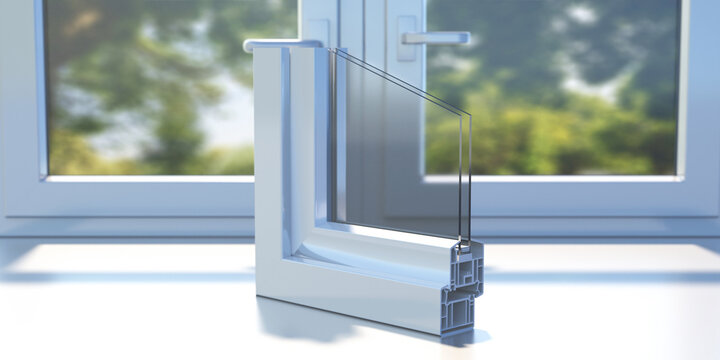Introduction
Texture and pattern play pivotal roles in interior design, adding depth, interest, and personality to spaces, especially in interior design Bangalore. In this exploration, we delve into the significance of texture and pattern in shaping the ambiance and visual appeal of interiors, and how skilled designers, like those at Asense Interior, leverage these elements to create captivating environments.
Understanding Texture
Texture refers to the tactile quality of surfaces within a space. It encompasses a range of sensations, from the smoothness of glass to the roughness of natural stone. Texture can be visual, tactile, or a combination of both, and it has the power to evoke emotions and enhance the sensory experience of a room, a principle embraced by leading interior design companies in Bangalore.
The Impact of Texture on Space
Texture plays a crucial role in influencing the perceived atmosphere and character of a space. For example, rough textures such as exposed brick or raw wood can imbue a room with a sense of warmth and rustic charm, while smooth, glossy surfaces like polished marble or stainless steel convey a feeling of sleek sophistication. By strategically incorporating different textures, designers can create visual contrast and balance within a space, adding richness and depth to the overall design.
Exploring Pattern
Patterns are repeated decorative motifs that can be found in textiles, wallpapers, flooring, and other design elements. From bold geometric prints to delicate floral motifs, patterns can inject personality and visual interest into a room, transforming it from mundane to memorable.
The Psychology of Patterns
Patterns have a profound psychological impact on our perception of spaces. For example, bold, vibrant patterns can energize a room and create a sense of excitement, while soft, subtle patterns can evoke feelings of tranquility and relaxation. By carefully selecting and layering patterns, designers can manipulate the mood and ambiance of a space to suit the needs and preferences of its inhabitants.
Texture and Pattern in Harmony
When used in conjunction, texture and pattern have the power to elevate a space to new heights of visual sophistication. By layering different textures and patterns, designers can create dynamic and multi-dimensional interiors that engage the senses and stimulate the imagination. For example, a plush velvet sofa paired with a textured wool rug and a graphic-patterned throw pillow creates a richly layered look that is both inviting and visually striking.
Strategies for Incorporating Texture and Pattern
There are several strategies designers employ to effectively incorporate texture and pattern into their designs. One approach is to mix contrasting textures and patterns to create visual interest and balance. For example, pairing a smooth, glossy surface with a rough, textured one can create a compelling juxtaposition that adds depth and dimension to a room. Additionally, designers often use texture and pattern to highlight focal points within a space, drawing the eye and creating visual drama.
Case Study: Asense Interior
At Asense Interior, texture and pattern are integral components of their signature style. Whether it’s the rich texture of a hand-woven rug or the intricate pattern of a custom-designed wallpaper, every element is carefully chosen to enhance the overall aesthetic and ambiance of the space. By skillfully layering textures and patterns, Asense creates interiors that are not only visually stunning but also deeply immersive and engaging.
Conclusion
In the world of interior design, texture and pattern are powerful tools for transforming spaces and creating memorable environments. From the rough-hewn texture of natural stone to the intricate pattern of a hand-painted mural, these elements have the ability to evoke emotions, stimulate the senses, and elevate the overall design aesthetic. By understanding the role of texture and pattern and how to effectively incorporate them into their designs, designers can create interiors that are as visually captivating as they are functional and inviting.










